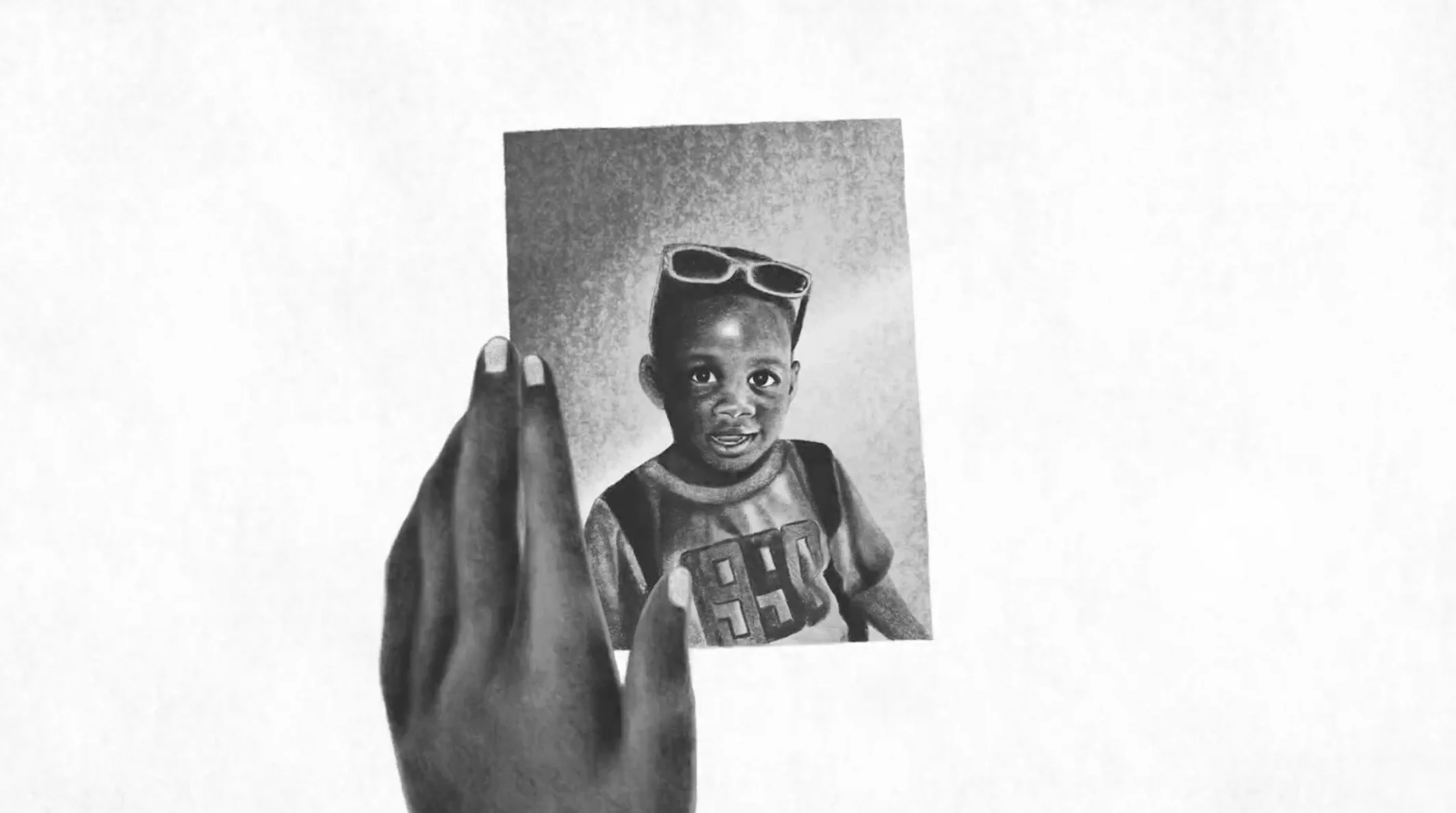Review: Pipilotti Rist's Pixel Forest
/Swimming Through Color, Drowning In Sound
Sip My Ocean (Photo by Pere Pratdesaba)
Our bellies drop to the carpet. Verticality and coordination seem like dire impositions, talking nearly impossible. A two-channel video is projected on adjacent walls in the corner of the room. There, mirrored projections of waves, sea floor, sky, swimming woman, fishes, coral and clouds collapse inward and forward. The video is an underwater rollercoaster, camera somersaulting, bright images kaleidoscoping. The melancholy soundtrack is divergently, humorously tongue-in-cheek. “I'd never dreamed that I'd meet somebody like you,” she sings. “I don’t want to fall in love,” she screams. This moment in the Lower East Side, lying on pillows in the middle of the floor at the New Museum, immersed in Pipolitti Rist’s Sip My Ocean, is everything we need and want. Chemically augmented minds pried wide, bodies longing to linger in states of prone and supine softness... we. are. so. in. Tripping on the synthetic psychedelic 2C-B* in the spectacular sensual world of Rist’s video installations is like eating the cake while swimming in the batter.
A Sophia Loren lookalike smashes cars and gender essentialism in slow motion and mesmerizing sound. Rist’s Beyonce-appropriated Ever is Overall loops twice and could seemingly loop forever. Analytical thoughts of haptic visuality, synesthetic pleasure and feminism swirl, but we’re still too high to talk. A hand squeeze will have to suffice.
Eventually we stop melting into the corner and roll to our backs, and the room is a labyrinth of delicate curtains. They gently undulate as audiences navigate projections of sheep, green meadows and glistening strawberries. The installation (Administrating Eternity) blurs boundaries through soft connection and inclusion, a traversable territory that replaces the architecture around it. Audience bodies cast shadows and reflect light, their presence and movement folding into the topography, as if anticipated by the artist with the utmost care. The work tastes like an antidote to the Kubrickian one-point perspective that epitomizes the dominating gaze of narrative cinema. A singular, optimal viewpoint is absent and un-missed. The thought comes with the clear and sudden intensity of cosmic alignment. Yet this woven convergence of psychedelic mind-state and affirmative serendipity (the yes! magic) of our surroundings are a bit suspect. Is the art actually this good, or is the yes! baking in our psycho-syrupy minds? The museum closes before we leave the first floor, leaving the question unanswered.
Two days later we arrive at The Whitney to see ‘Dreamlands: Immersive Cinema and Art, 1905–2016 ’. This time we’re primed for immersion with mushroom tea disguised as kombucha that’s a poisonous looking blue colour due to elderflowers and freezer sojourns. Despite the title’s promise, the exhibition engages in a visual primacy that blinds it from its sonic shortcomings. With few exceptions, the ear is ever subject to the sound of other works nearby, and like the noisy neighbour next door, their partially heard activity is unknowable in its entirety and unrelentingly distracting. In one particularly tone-deaf moment, Frances Bodomo’s epic short film Afronauts is crowded into a room with three other works, while being tirelessly subjected to sound bleed from two massive singular installs in adjoining rooms. Our high-minded art brains long to be immersed, but aside from too brief moments, drugs aren’t enough to overcome the chaos, nor the feeling that the one film featuring black bodies was drowned out by curatorial missteps. The only available immersion is one of dissociative dissonance, at odds with stated aims and explanations.
We decide that both exhibitions deserve second, sobered looks. Dreamlands is still a shit show of porous non-boundaries, failing to surround viewers with little more than the noise of its deficiencies, save Hito Steyerl’s Factory of the Sun and Ben Coonley's Trading Futures. At the New Museum, Pixel Forest also dispenses with boundaries–– but with intention, nuance, and purpose. Rist’s survey of works stand not in false isolation but across a woven field of light, sound, and object that continually bathe the viewer in prolonged moments of in-depth and direct presence with the work. In/on The Fourth Floor to Mildness we find ourselves lying down again, this time in beds, staring up at two enormous puddle shaped screens on the ceiling. We’re underwater with some fuchsia liquid, dirt, various mossy things and an occasional nipple. We're not high, but we are holding hands. We’re lost and content in a vast sensory pool, exquisitely free of cardinal direction.
For a bit of demystification and entertaining discussion, we recommend the Dutch show Drugslab where the hosts take 2C-B which you can watch here.






